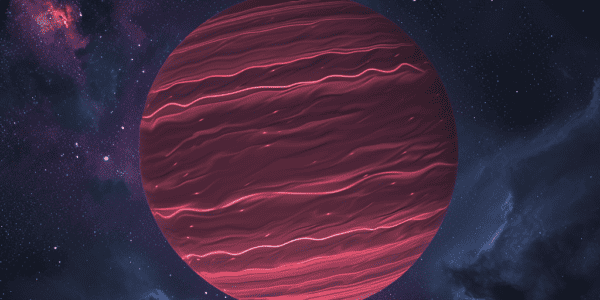Astronomer to Use James Webb Telescope to Study Saturn’s Northern Lights
University of Reading astronomer Dr. James O’Donoghue is set to use the James Webb Telescope to study Saturn’s northern lights, with plans to also observe Uranus. The research aims to unravel the mysteries behind the planets’ auroras and potentially provide insights into their rotation periods. The project, selected from a pool of 1,931 submissions, holds the promise of unveiling groundbreaking insights into the celestial phenomena of Saturn and Uranus.
Rare Celestial Spectacle: Northern Lights May Be Visible as Far South as California This Month
Get ready to witness a rare celestial spectacle as the northern lights, also known as the aurora borealis, may be visible as far south as California this month. March is expected to be the best month in two decades to see the curtains of mostly green, but also pink, purple, and red lights that are typically confined to areas around Earth’s North Pole. Don’t miss out on this ethereal display!
Solar Storm Alert Issued After Significant Coronal Mass Ejection from Sun
A solar storm alert has been issued following a significant Coronal Mass Ejection (CME) from the Sun on March 17. The CME is expected to reach Earth on March 20, potentially triggering a geomagnetic storm. NASA’s Solar Dynamics Observatory detected the ‘Canyon of Fire’ eruption, prompting forecasters to issue the alert. The storm could lead to auroras in high latitudes, with the potential for equinox auroras due to the springtime Russell-McPherron effect.
Aurora Season in Colorado
This month, the sun is gearing up for a spectacular show of the Northern Lights, also known as the Aurora Borealis, over Colorado. With the sun reaching its peak in sunspot activity near the time of the spring equinox, the conditions are just right for strong displays of this natural phenomenon. As the sun enters Solar Cycle 25, the 25th 11-year cycle since sunspot records began in 1755, the Space Weather Forecasting Center predicts that the peak of solar magnetic activity will occur sometime in 2024, likely between January and October. According to a recent study by NASA solar physicist David Hathaway, March is the most geomagnetically active month of the year, closely followed by October. Auroras are nearly twice as likely in March and October as they are in the winter and summer months. For those interested in witnessing the auroras, it is recommended to look for them in the hours around midnight, starting in the northern part of the sky. In Colorado, an auroral display typically begins as a green glow or arc low on the northern horizon, which then brightens and expands upward as midnight approaches.
Geomagnetic Storm Watch for Northern Lights Display
Geomagnetic Storm Watch in effect as vivid auroras could be on display this week NOAA detected a solar flare on Jan. 20 that will send charged particles towards the earth, interfering with Earth’s magnetic field, resulting in auroras. FOX Weather…
NASA’s Webb Telescope Discovers Possible Aurorae on Solitary Brown Dwarf
NASA’s Webb Telescope has made a remarkable discovery, finding evidence of possible aurorae on a solitary brown dwarf. The brown dwarf, known as W1935, was observed emitting infrared radiation from methane, indicating energy in its upper atmosphere. This finding is…






